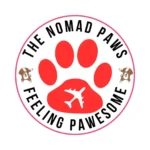As dog owners, we take every precaution to ensure our furry friends are safe and happy.
Many of us are unaware of the everyday items lurking around the house that could prove fatal to our four-legged friends.
From seemingly harmless plastic bags to common food items, the risks are far more prevalent than we think. Let’s talk about them.
1. The Plastic Menace
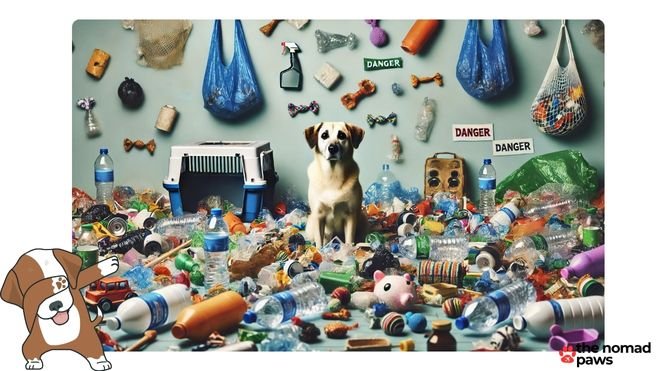
Plastic is everywhere in our homes, from bags and packaging to toys and bottles. As harmless as they seem, these items pose a significant threat to your dog.
Dogs might ingest plastic out of curiosity or when they accidentally come across it. Ingesting plastic can lead to severe health issues, including mouth injuries, GI perforations, and intestinal obstructions.
Plastic bags and containers can cause suffocation if a dog gets stuck. Immediate veterinary attention is crucial if you suspect your dog has ingested plastic.
2. Food for Thought
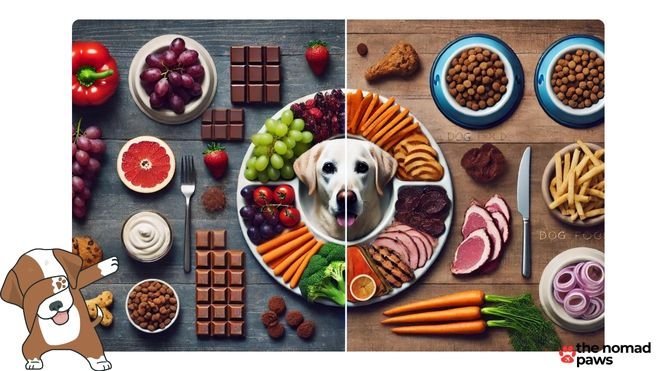
Foods that are safe for humans can be harmful, even deadly, to dogs.
Onions, garlic, and chives contain n-propyl disulfide, which can cause destruction of canine red blood cells leading to anemia.
Chocolate, grapes, coffee, and alcohol are also major culprits. These foods can cause symptoms ranging from vomiting and diarrhea to severe seizures and even death. T
hese signs might not appear immediately, sometimes taking days to manifest, making prompt action crucial.
Want to make sure your pooch is on the right diet? Check out these guides!
- Best dog food for Golden Retrievers
- Best dog food for French Bulldogs
- Best dog food for Great Danes
- Best dog food for Pit Bulls
3. Cleaning Products: Silent Killers

Cleaning products rank high among the leading causes of pet poisonings.
Common cleaners and personal care products contain hazardous chemicals like ammonia, bleach, chlorine, and isopropyl alcohol.
These chemicals can cause severe symptoms, including sneezing, coughing, and burns, progressing eventually to kidney failure. Keep these products safely stored away from curious noses and mouths.
4. The Battery Trap
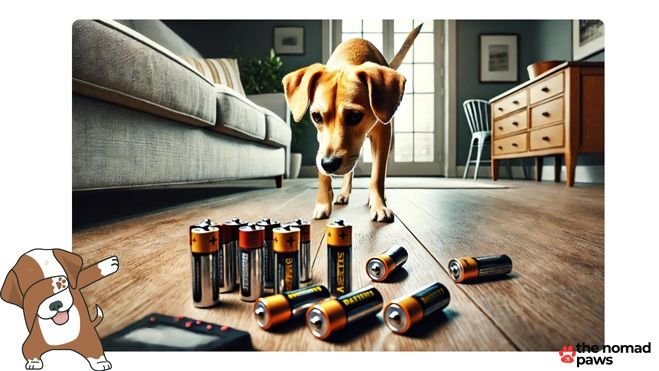
Chewing or swallowing batteries can lead to acidic leaks that burn the mouth, throat, and digestive tract, often causing severe intestinal obstructions and drooling.
If you suspect your dog has come into contact with a battery, immediate veterinary care is essential to prevent escalating harm.
5. Deadly Greens
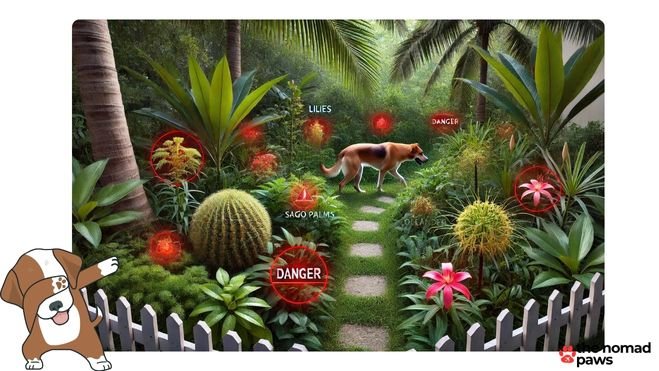
The plants you lovingly care for could be silently poisoning your dog. Certain plants, like certain types of lilies, poinsettias, and azaleas, contain toxic compounds that can cause rashes, seizures, stomach pain, and even organ failure.
Prevent contact by keeping toxic plants out of reach and regularly inspecting your home for any unexpected visitors.
6. Human Medications: Convincing Imitators

Human medications are intended for humans, not dogs.
Common medications like beta-blockers, antidepressants, and ADHD drugs can be lethal to dogs. These medications can cause symptoms such as vomiting, nausea, and weakness, with severe cases resulting in seizures and even death.
Keep all medications securely locked away and disposed of properly.
Let me repeat that: in case I wasn’t clear enough, human medications are intended for humans, not dogs.
The Symptoms: Early Warning Signs
Health issues caused by these substances can manifest in various ways. Early signs might include vomiting, diarrhea, and lethargy.
Severe reactions can involve seizures, difficulty breathing, and a reluctance to walk.
Monitor your dog closely and act promptly if you notice any of these signs to ensure timely treatment and prevent further harm.
Prevention is Key
Prevention is the most effective intervention. Ensure that all hazardous items are safely stored and your dog cannot access them.
Practice vigilance and education within the family to create a pet-safe environment.
Regular veterinary check-ups and adhering to a balanced diet can also help in early detection and prevention of such incidents.
Take Responsibility
Save your dog from the dangers lurking in your home. Be vigilant, educate yourself, and your family.
Ensure the safety of your furry friend by keeping these items inaccessible. Remember, immediate action is key if you suspect any poisoning or health issue.
Always consult with your veterinarian if you have any doubts or concerns to ensure your dog stays safe and healthy.





